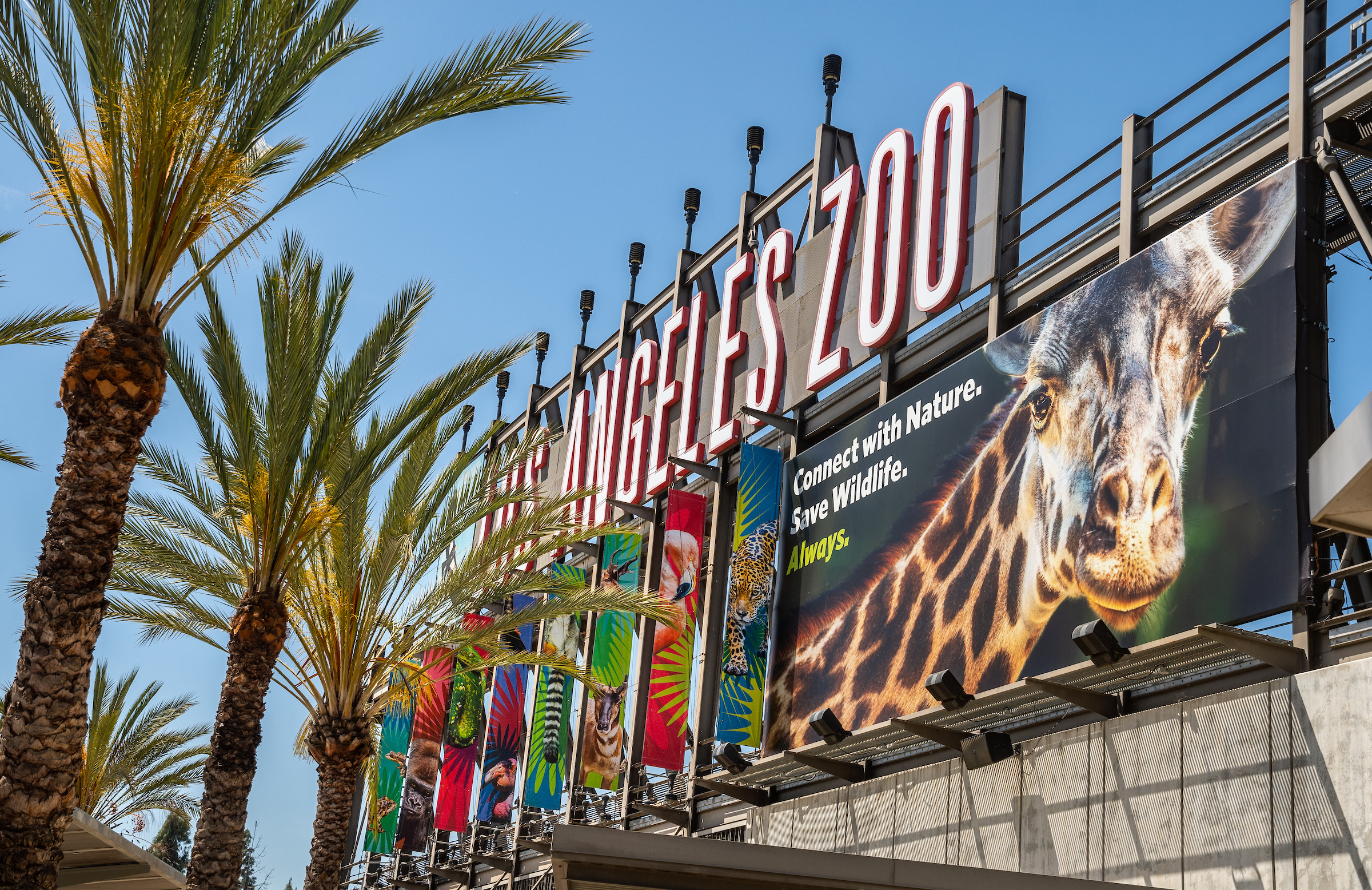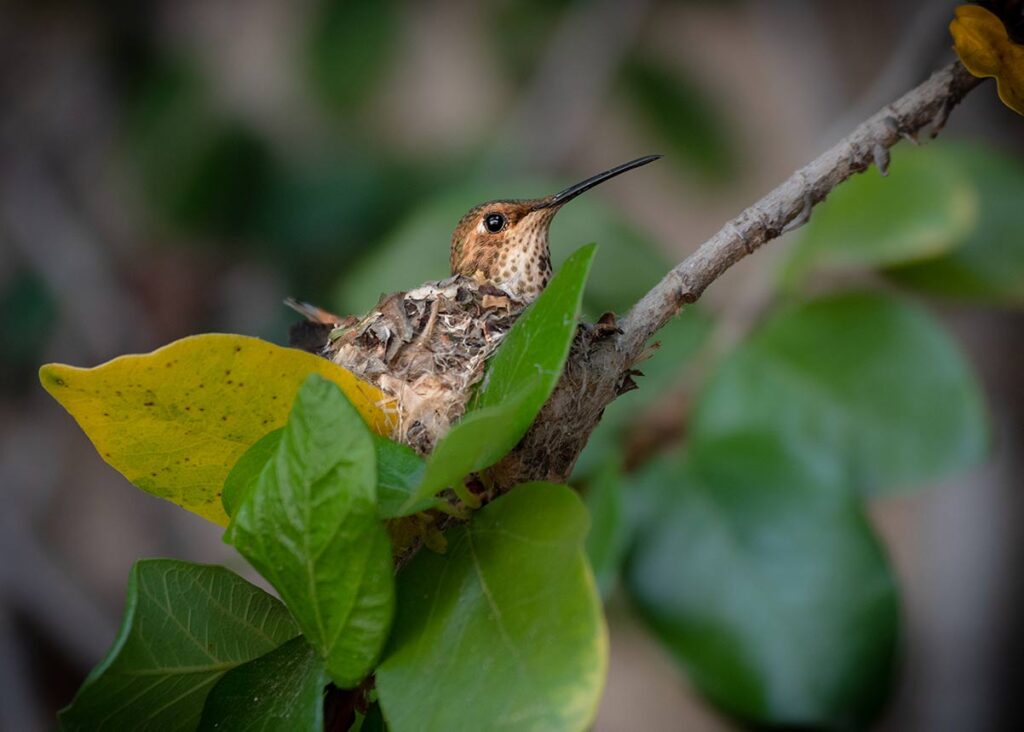
Spring is in the air, and it’s prime nesting season for wild birds. Zoo grounds are inviting to many parent birds, so if you should have the good fortune to see any wild bird nests during a visit, please be conscientious about our local feathered friends and keep your distance. You may also be noticing birds raising babies in your garden or local parks. As the season progresses, chicks will fledge and, although they may look like they need help when squawking and flapping awkwardly in branches and on the ground, many do not need rescuing at all. Before you act, learn as much as you can.
Like human offspring, baby birds go through developmental phases that involve mastering various skills, which often requires practice and failure. Most baby birds that might seem to be floundering have anxious parents watching and waiting nearby. Here are some tips for deciding whether a baby bird really needs assistance from you.
Nestling birds are not yet feathered. Their eyes may be open or still closed, and they may be covered with down or “pin” feathers (like quills) or may still be naked. These need to be returned to the nest if possible so that their parents can keep them warm.
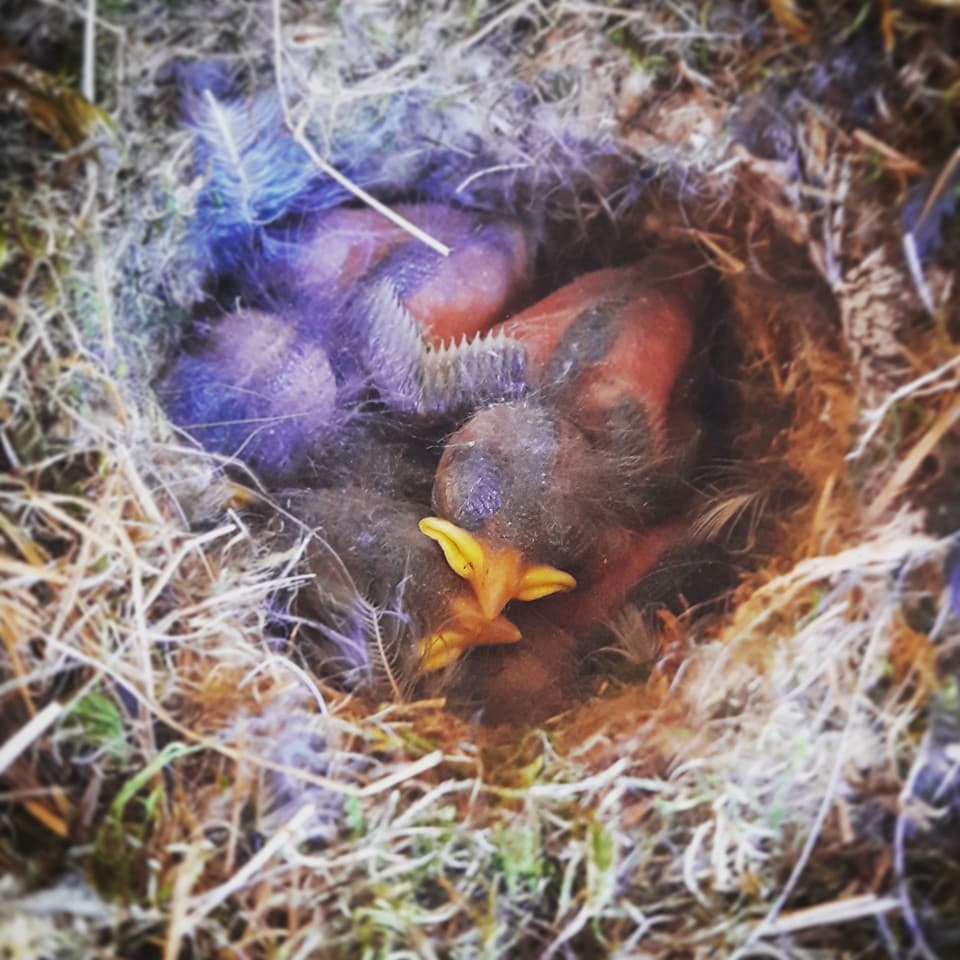
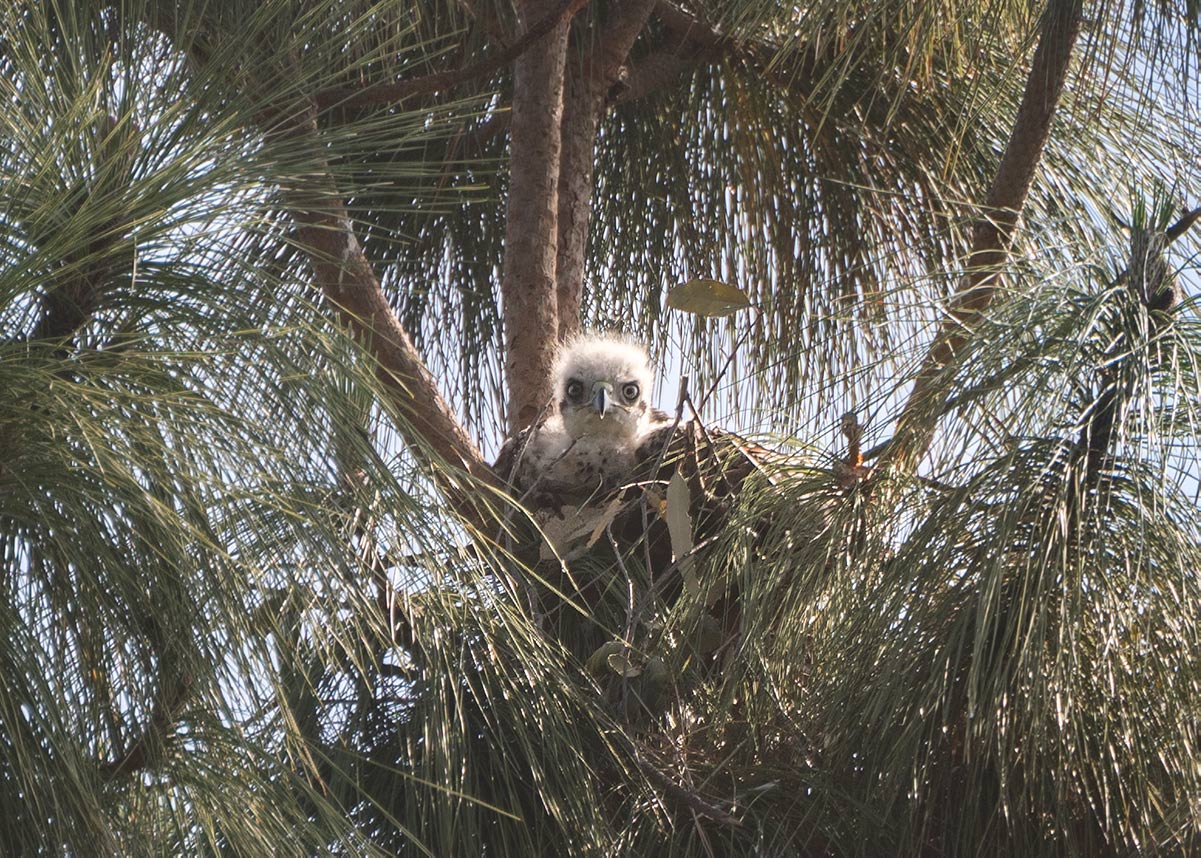
Fledgling birds are mostly or entirely covered with feathers but may not yet be able to fly. They tend to hop around on the ground, often complaining noisily. These should be placed gently on a branch in the nearest shrub or tree, low but off the ground. Once people have cleared the area, the parents should return to feed the chick. Watch from a distance if you are not sure. Give them plenty of time.

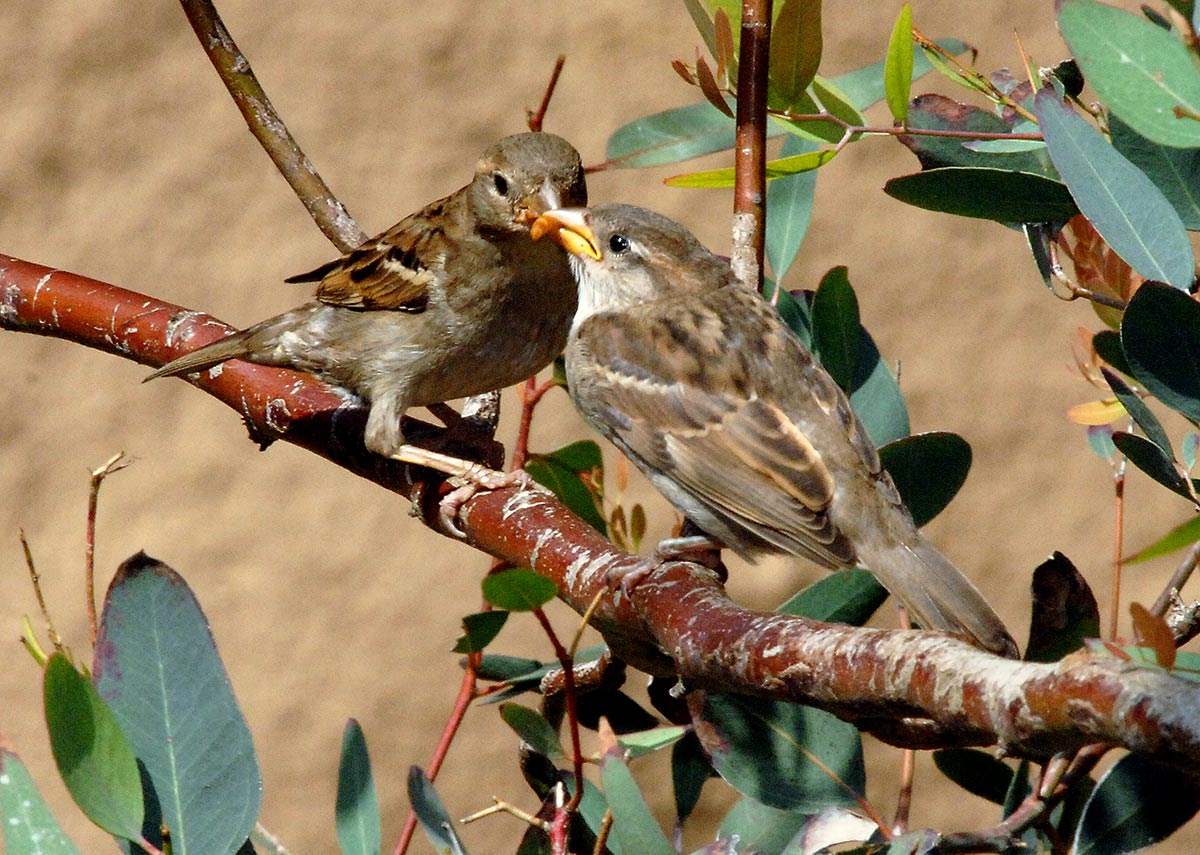
Birds that are obviously injured, sick, very cold, or cannot be returned to the nest, will need the care of a specially trained wild-life rehabilitator. It is illegal to provide more than emergency care for wildlife without a rehabilitator’s license. The Zoo is not able to provide rehabilitation for a variety of reasons, but information about licensed local wildlife rehabilitators who can help is available from Audubon Los Angeles as well as the California Department of Fish and Wildlife.


